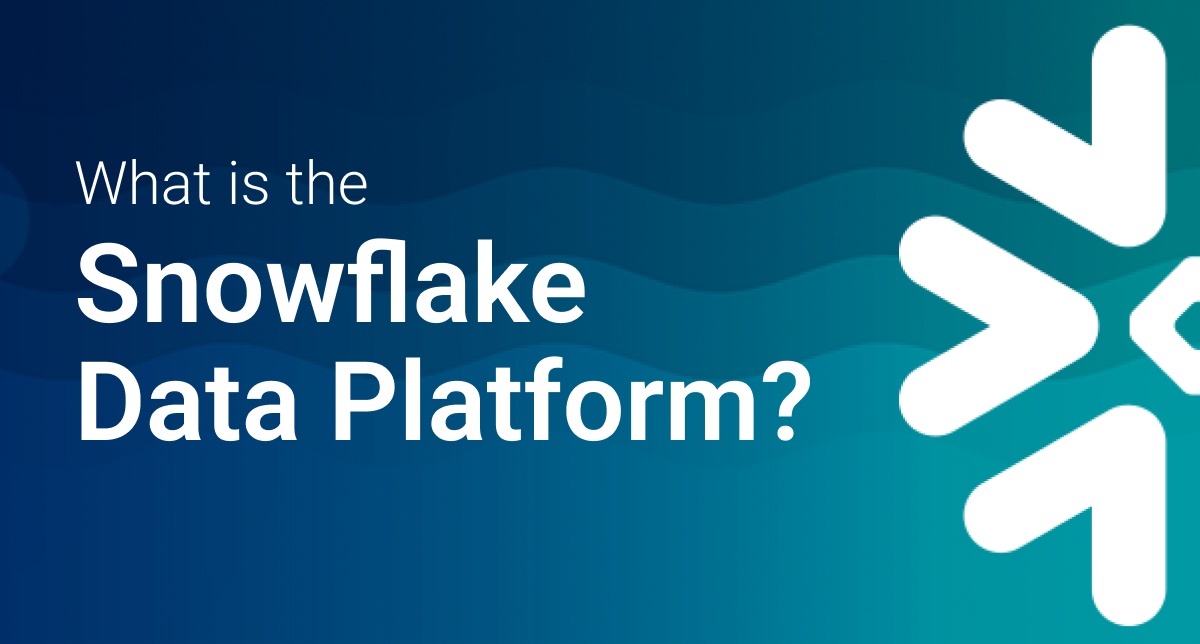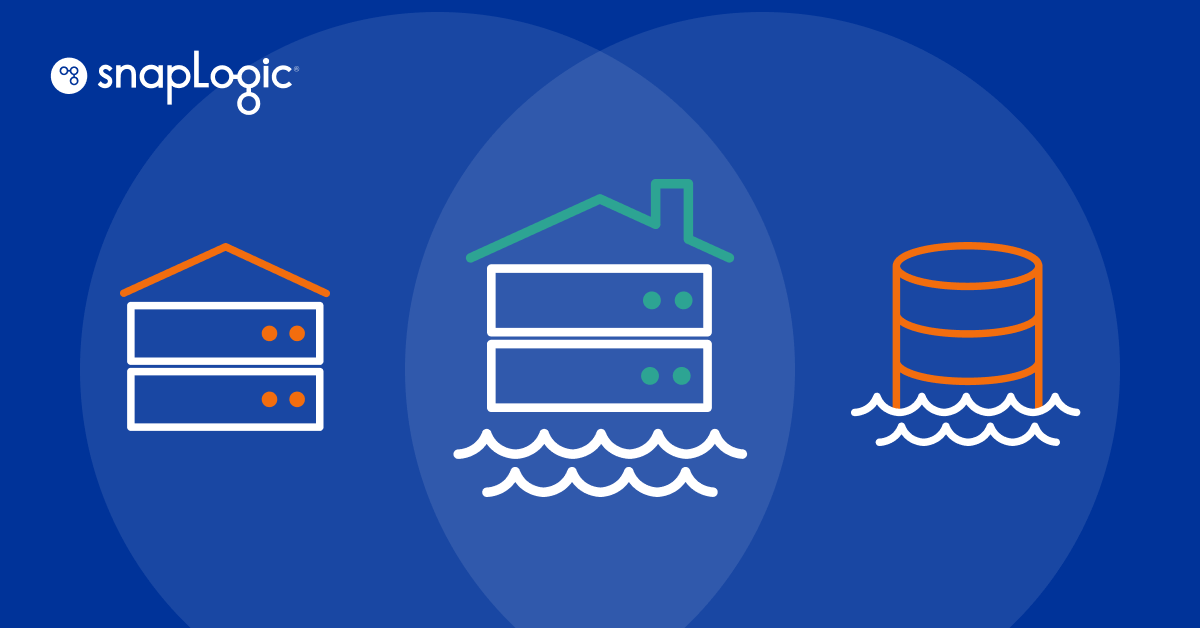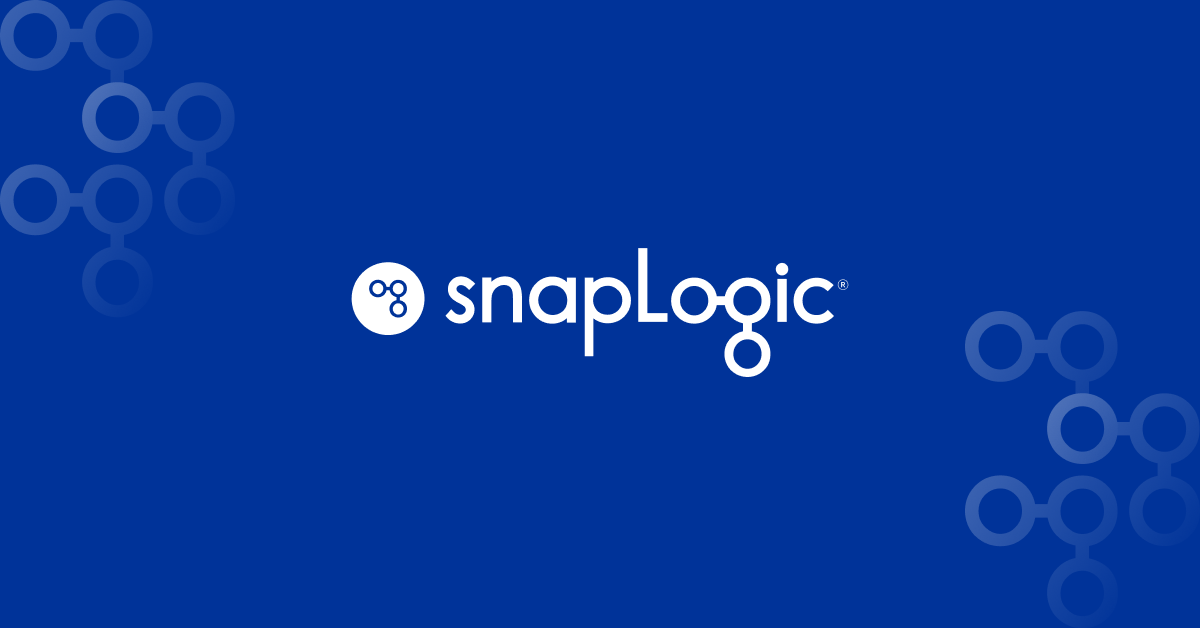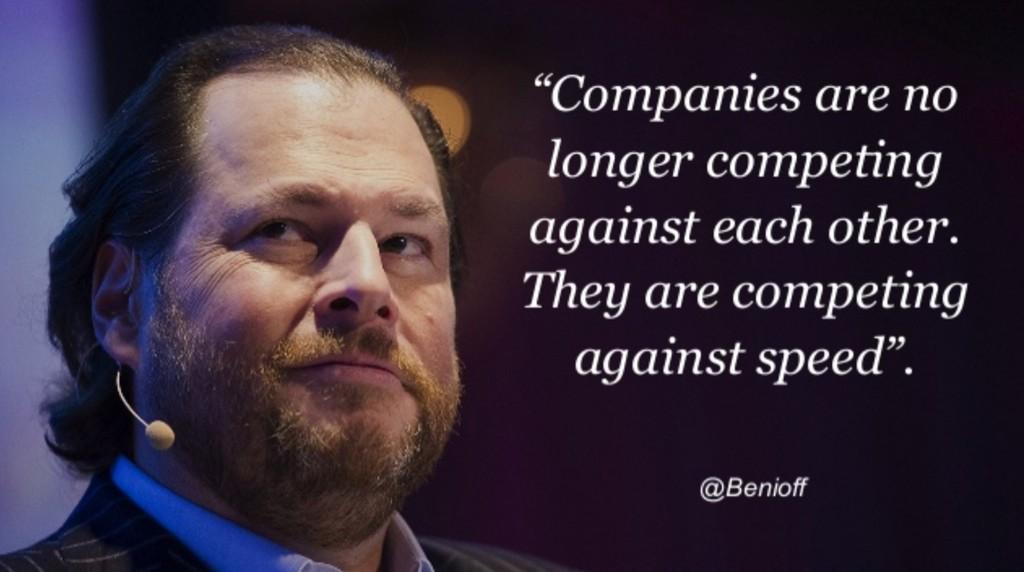I had the opportunity to present to the San Francisco Bay Area Chapter of the Data Management Association (DAMA) this week on the topic of the changes to today’s data management stack. We discussed why CIOs and IT organizations in general are getting SMACT and reviewed some of the new integration challenges of the enterprise:
- Big data access and analytics,
- Disconnected SaaS silos,
- API proliferation,
- and the brewing storm of data represented by the Internet of Things.
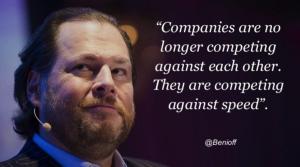 We then reviewed some of the characteristics and challenges posed by what we call the Integrator’s Dilemma and why old approaches to data management and same old same old (SO, SO) approaches to cloud and big data integration are not going to cut in the modern enterprise. What’s different, you ask? Here are 5 changes we discuss with our customers and partners at SnapLogic:
We then reviewed some of the characteristics and challenges posed by what we call the Integrator’s Dilemma and why old approaches to data management and same old same old (SO, SO) approaches to cloud and big data integration are not going to cut in the modern enterprise. What’s different, you ask? Here are 5 changes we discuss with our customers and partners at SnapLogic:
- Speed: As Marc Benioff recently noted at Dreamforce 2014, “Companies are no longer competing against each other. They’re competing against speed.” Speed was also identified as the #1 reason companies choose an integration platform as a service (iPaaS), according to our recent TechValidate survey.
- User (and Buyer) Expectations: Self-service is a hot topic in the world of analytics, big data integration and iPaaS. We’ve written about the rise of the citizen integrator regularly on this blog. Gartner has recently published a report on the topic: Embrace the Citizen Integrator Approach to Improve Business Users’ Productivity and Agility.
- The Data: Of all of the changes in information management infrastructure, what’s new when it comes to big data volume, variety and velocity has been the most widely covered. See the original post on this topic from Gartner’s Doug Laney here.
- Cloudification and Data Gravity: With 2015 technology predictions season about to kick in, with so much recent attention on the shift to cloud analytics, here’s what Forrester has to say about the state of cloud adoption: ”In 2015, cloud adoption will accelerate and technology management groups must adapt to this reality by learning how to add value to their company’s use of these services through facilitation, adaptation and evangelism. The days of fighting the cloud are over. This means major changes are ahead for you, your application architecture, portfolio, and your vendor relationships.”
- Standard, Protocols and Architectural Styles: We’ve talked about why the enterprise service bus (ESB) doesn’t fly in the cloud and written extensively about JSON and REST. We’ve also written about why an ELA with a legacy data management vendor in 2014 is like betting on COBOL in 1998. As Craig Stewart, our Sr. Director of product management likes say: “It’s easy to put rows and columns into a document, but vice-versa doesn’t work.”
So what’s the same? Successful cloud application and big data platform adoption requires the right plumbing. Whether it’s orchestrating and streaming data between applications in real time or acquiring, preparing and delivering big data to downstream analytics tools and users, it’s still all about the pipes. While many of the circumstances and pace have changed, the burden of ensuring your data is timely, relevant and trustworthy has not. Your integration solution must be an innovation on ramp, not a roadblock.
I’ve embedded the presentation below, which includes a few recommendations for data management practitioners. Feedback appreciated.



